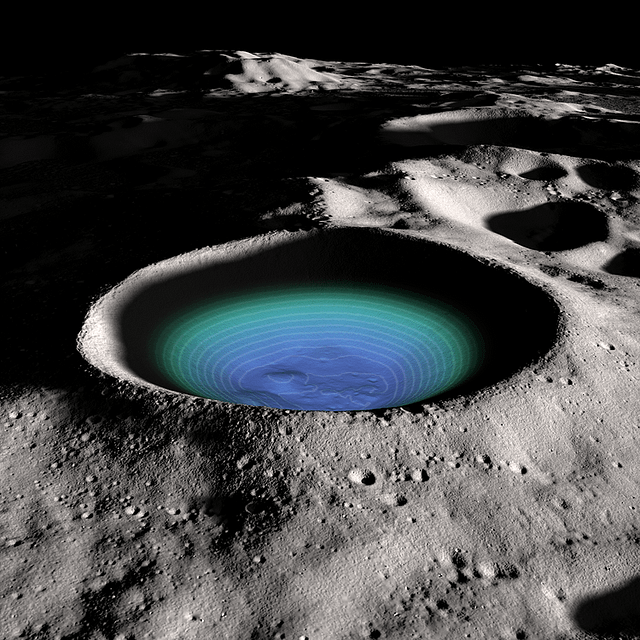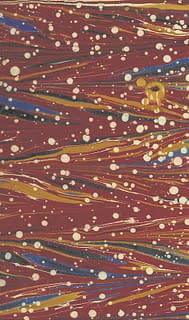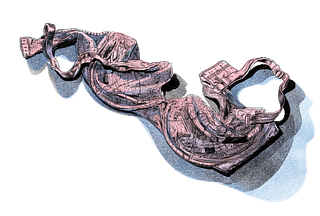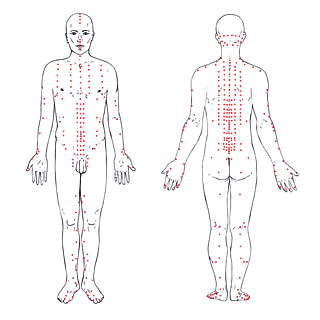
THE MOON
I’d never experienced virtual reality,
nor, I soon felt, had I ever experienced anything
so dazzling and hateful at once. The VR installation was called
To the Moon. It accommodated two
museum visitors at a time, and I’d made the appointment
so we could go together.
With my headset in place, the room was still there
but my body disappeared. The stool where Chris had sat beside me
was there, but Chris was gone. Then the room was gone
and I was alone on the moon. The feeling of transport was real
and the feeling of space —
But the attendant had promised flying — just extend your arms —
and it didn’t feel like flying. It felt, crushingly, like I was missing out
on a major part of the moon experience.
There were ghostly dinosaurs on the moon,
there was a giant solitary rose made out of moon rock and a donkey
that I rode along the surface of the moon.
I came to the edge of a crater and wanted to jump
but this was a passive section of the experience.
What did you see on the moon? I demanded as we left,
but Chris was experiencing nausea. He’d had a bad cold that week
so I’d been thinking about his death —
and now the aftershock
of my abandonment on the moon left me weeping.
What did you see on the moon? The attendant went in behind us
to wipe down the headsets, to welcome the next guests. I was angry
because this all felt like a vision of the future.
But maybe that’s how people felt
when we landed on the moon.
Chris and I had both been granted residencies at the museum
for our writing, impossible luck,
and over the days had freely walked
through galleries that required no appointment.
But with Chris’s illness, we’d been sleeping
in separate rooms, then going to our separate studios,
and now our separate moons — Chris flying and swooping
so dramatically you could vomit, while I stayed down on the ground.
That’s how it was, sometimes, living with another poet.
Like we could both put on headsets and wave the controllers —
arms outstretched and triggers depressed — but for me alone
nothing happened. People say that poets love the moon,
but I got into poetry because I liked words and small things
and lacked the imagination for fiction.
There’s a book my dad would read us
about a princess who falls ill and won’t be well until they bring the moon,
it’s hopeless! But then someone asks
what she thinks the moon might be:
a disc of gold, no bigger than her thumbnail.
So, then, quite achievable.
But what will happen when, moon in hand, she sees the moon
still in the sky? It’s fine — in her cosmology,
the moon grows back like a tooth. The book is called Many Moons.
Outside my studio window, dirty snow is piled up
around a pool of ice. When I arrived, it was liquid,
but it will be an ice rink soon —
I’ve seen them work, they hose it down to smooth it.
Now it’s night. Two men climb into cars on either side, their headlights
meet across the ice. Now two visitors approach on foot.
Tenderly, and not with their full weight — with one foot each — they test the ice.
The moon is far away for all to see. I’m imagining the poems Chris will write.
NEW YORK
Arizona was the first dance made by Robert Morris, 1963 at Judson Memorial Church. The dance was twenty minutes long, in four sections, accompanied in part by a recording of the artist reading his text “A Method for Sorting Cows.” Two men are required to sort cows in the method presented here. It was a solo performance.
For the second section, Morris stood at center stage beside a T-like form, which he repeatedly adjusted and retreated from. A lampstand, two sticks. Morris had developed an interest in dance having married the dancer Simone Forti.
(He later left the field at the behest of dancer Yvonne Rainer.)
In 1961 or 2 (sources vary), he’d staged a performance, part of an evening organized by La Monte Young at the Living Theatre. A sculpture he’d built — a plywood rectangular column, Column — “performed” a choreography. For three and a half minutes, it stood upright, then it toppled and lay on stage for another three and a half. Morris, in the wings, knocked the column over by pulling an invisible string. Initially, the idea had been for him to stand inside the column and effectuate the fall, but rehearsing the maneuver in Yoko Ono’s loft, he’d gashed his eyebrow and ended up in the ER.
Forti had put on a program in that same loft in ’61, involving movement, objects, and rules. For one piece, in which Morris participated with artist Robert Huot, she’d installed two heavy screw eyes in the wall. Morris was instructed to lie on the floor and stay there at all costs; Huot, given an eight-foot rope, was instructed to tie him to the wall.
In New York, I’d had an affair with a man who volunteered at the Dream House, the sound and light environment created by La Monte Young and his wife, Marian Zazeela. Basically, Young designed the droning sound and Zazeela the magenta light. It was installed in a loft downtown. The man I knew was in charge of asking visitors to remove their shoes, and watched over their stuff while they were inside. When I went to see him there, I realized how much his own apartment — which he kept dim, with colored bulbs, and where he played obscure records — was inspired by this place. I did feel, in his apartment, like I was in an altered state. A couple times, I cat-sat for him, and the place was mine. He never saw where I lived.
Because we mostly met for sex, and because his apartment was small, and mostly bed, it felt, sometimes, like a stage for sex. Also, the sex was more prop-based than I was accustomed to — ropes and gags. I stayed naked, and he drew me baths and adored my flesh and I barely talked and felt like a cat, or a five-foot tower of fruit.
The critic Michael Fried, in his essay “Art and Objecthood” in Artforum, dismissed the “literalist” sculptures of Robert Morris and Donald Judd as “fundamentally theatrical.” He quotes from Morris’s own Artforum essay “Notes on Sculpture”:
One’s awareness of oneself existing in the same space as the work is stronger than in previous work, with its many internal relationships. One is more aware than before that he himself is establishing relationships as he apprehends the object from various positions and under varying conditions of light and spatial context.
Fried takes this and argues that literalist art, like theater, exists for an audience. You might say the art is activated by the beholder, who encounters — within this staged environment, under these lights, etc. — a situation. But what Morris describes isn’t viewer as audience. Both viewer and object are dancers.
NEW YORK
After he moved to Seattle,
I couldn’t get any other man
to do it right.
No, not like you’re mad at me.
THE MOON
Bausch had her dancers create movements
to express ideas, experiences.
“The moon?” I depicted the word with my body
so she could see and feel it.
For Vollmond, a giant chunk
of rock evokes a lunar landscape.
Water fills a wide, shallow trough in the stage,
reflecting the dancers’ movements.
Rain falls intermittently.
Dancers climb the rock. Dancers climb
other dancers. Rain falls and men with poles
sort of row themselves across the stage,
skate-sliding on the surface.
Now they swim-slide on their bellies
in the overflowing trough.
I watched this, finally, in Pina, the movie,
while Chris listened to something
in the other room.
Dancers wade into the trough,
scoop water up in buckets
and splash it on the giant rock,
like trying to save a whale.
They throw water on each other,
on themselves, their clothes are drenched.
The water stuff is primal. There are other
heterosexual antics, too, not in the film.
A man races against the clock to undo
a woman’s bra. Men pour liquid
from bottles from great heights,
overfilling women’s glasses.
Vollmond was one of Pina’s last works.
Of the performances after her death, critics expressed
a certain weariness, alongside great esteem.
Nothing remains new.
She requested a gesture related to “joy” —
joy or the pleasure of moving.
From the movement I presented,
she created an entire scene.


